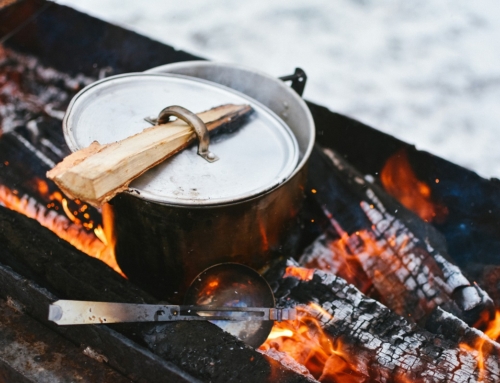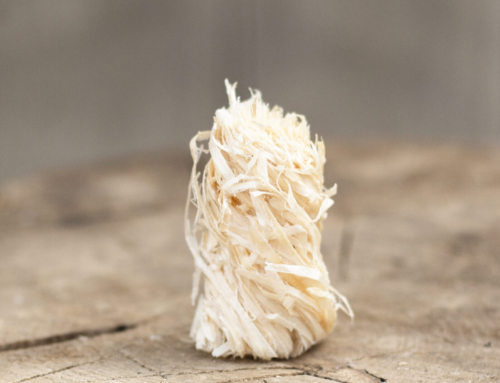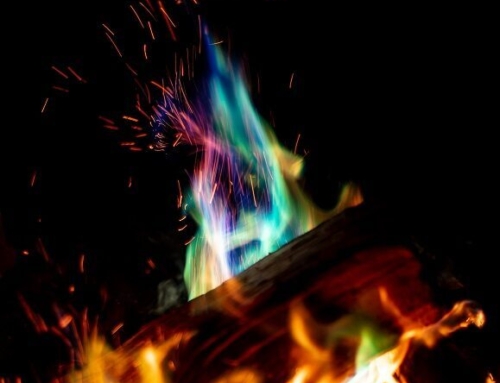Believe it or not, not all firewood burns the same, so it pays off in the long run to research what firewood you are buying. Nevertheless, there are strategies you can employ to maximize the heat output from your firewood. In this blog post, we’ll explore some tips and techniques for getting the most heat out of your firewood, helping you stay warm while minimizing waste and maximizing efficiency.
Understanding Firewood Efficiency
Before diving into specific tips, it’s important to understand what contributes to the efficiency of firewood. Several factors influence how much heat your firewood produces, including:
- Wood Species: Different types of wood have varying energy densities and burn characteristics. Hardwoods like oak, beech, and ash generally produce more heat and burn longer than softwoods like pine or spruce.
- Moisture Content: The moisture content of your firewood significantly impacts its burn efficiency. Wet or green wood burns less efficiently, producing more smoke and less heat, while kiln-dried logs burn hotter and cleaner.
- Size and Density: The size and density of your firewood also play a role in its burn efficiency. Smaller, split pieces of wood ignite more quickly and burn more efficiently than larger, unsplit logs.
Tips for Maximizing Heat Output
Now that we understand the factors that affect firewood efficiency, let’s explore some practical tips for maximizing the heat output from your wood:
- Kiln-Dried Firewood: Kiln dried firewood offers superior burning efficiency due to its low moisture content, resulting in a hotter, cleaner and more consistent burn. It ignites quickly and produces less smoke, making it ideal for indoor use without causing excessive build-up of creosote in chimneys.
- Burn Hardwoods: Opt for hardwoods like oak, maple, or cherry, which have higher energy densities and produce more heat than softwoods. Hardwoods also tend to burn more slowly and evenly, providing consistent warmth throughout the burn.
- Firewood Storage: Proper storage is crucial for preserving dryness and maximising heat retention in firewood. Choose a dry, well-ventilated location such as a woodshed or covered porch to prevent moisture build-up. Elevate the logs off the ground using pallets or bricks to avoid direct contact with moisture and promote airflow, ensuring optimal dryness for efficient burning.
- Build a Hot Fire: Start your fire with an eco firelighter and small amount of kindling and gradually add larger pieces of wood as the fire grows. Don’t add large logs too quickly as they will inhibit air flow. Building a hot fire quickly raises the temperature of your stove or fireplace, maximizing heat output and reducing smoke and emissions.
- Maintain Airflow: Proper airflow is essential for efficient combustion. Make sure your stove or fireplace vents are clean and clear of obstructions, and adjust the airflow dampers as needed to regulate the burn rate and temperature.
- Use a Fireback or Heat Reflector: Placing a fireback or heat reflector behind your stove or fireplace can help radiate heat back into the room, increasing the overall efficiency of your heating system.
- Stovepipe Thermometer – a stovepipe thermometer helps to ensure that your stove is not over-firing causing you to burn through wood too quickly. Burning wood too quickly doesn’t equal additional heat as excess energy is lost up the stovepipe. On the other side it informs you when your stoves burn rate is too cool. An under-fired woodstove is smoky and causes hazardous creosote ad tar to form in your stovepipe.
- Invest in a Stove Fans -stove fans or eco fans help circulate warm air more effectively throughout the room by distributing the heat generated by the stove more evenly. This can result in a more comfortable and consistent temperature in the space. Since eco fans are powered solely by the heat from the stove, they require no electricity to operate. The UltrAir Eco Fan boasts fuel savings of 14% and says you feel the heat 31% faster.
- Practice Zone Heating: Focus the heat from your wood stove or fireplace in the rooms where you spend the most time, rather than trying to heat the entire house. This allows you to maintain a comfortable temperature in the areas you use most while reducing overall energy consumption.
- Choose High-Efficiency Appliances: Invest in a modern, EPA-certified wood stove or fireplace insert designed for clean and efficient combustion. These appliances are engineered to burn wood more completely, extracting more heat from each log and reducing emissions.
Conclusion
By following these tips for maximizing heat output from your firewood, you can stay warm and comfortable while minimizing waste and maximizing efficiency. Whether you’re heating your home with a wood stove, fireplace, or outdoor fire pit, making the most of your firewood ensures that you get the most bang for your buck while reducing your environmental impact. So stock up on high-quality, kiln-dried firewood, build a roaring fire, and enjoy the warmth and ambiance of a well-kept hearth all season long.









